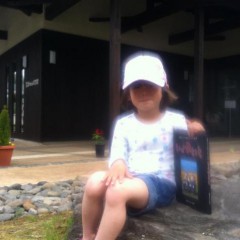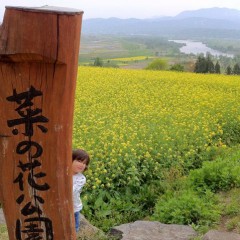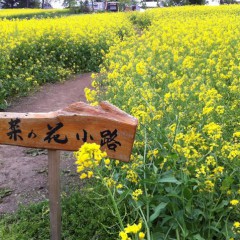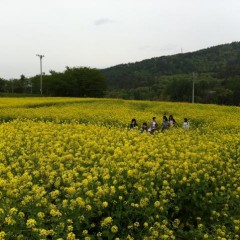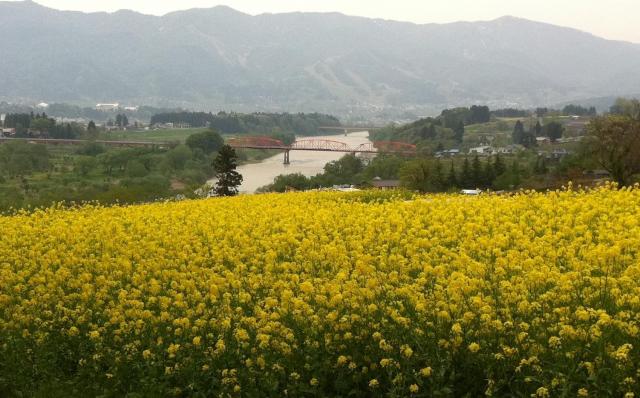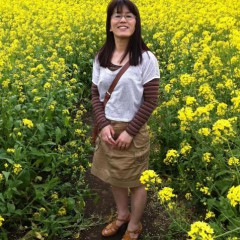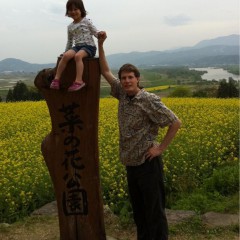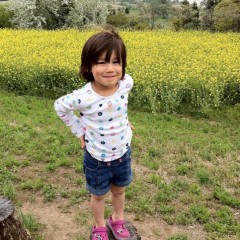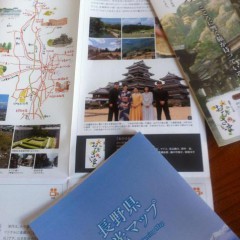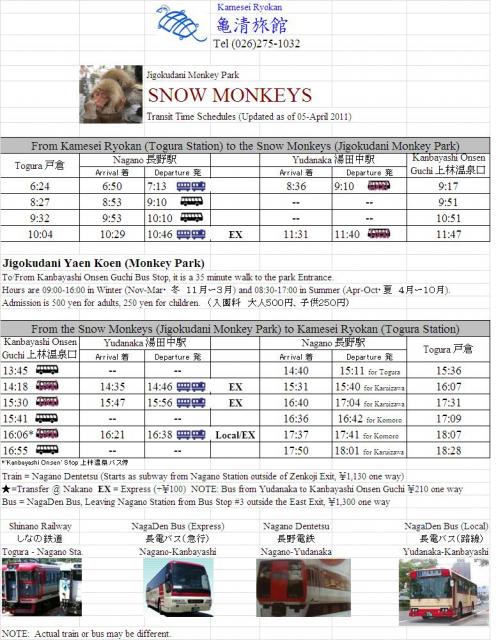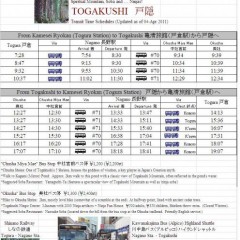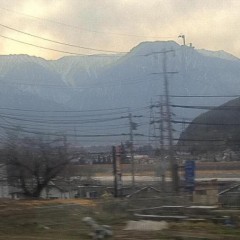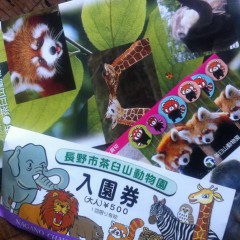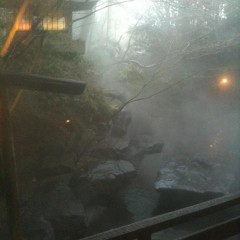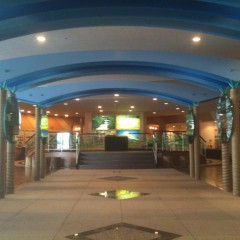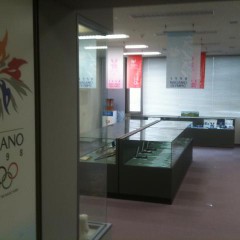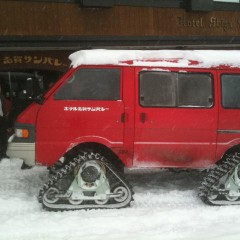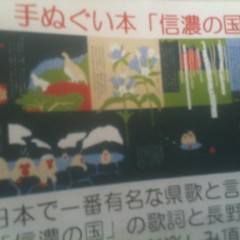先日の若女将と若若女将との飯山巡りドライブで、菜の花以外にも目的がありました:高橋まゆみ人形館。
22年4月にオープンした人形館に全国各地から大勢の観光客が訪れています。まゆみさんの独特な人形つくりは田舎のおじさん・おばちゃんの表情・雰囲気そっくりです。
人形館の展示場は思ったより狭いですが、一つ一つの人形の顔、展示の背景を見て、ゆっくり楽しめる。
そして、人形館の周りはまた私が好きな街の雰囲気で、伝統的な建物が沢山ありました。特に、仏壇通り。飯山は仏壇生産で知られているって聞いた事があったが、この仏壇通りは今回で初めて見ました。良く考えたら、当たり前の事ですが、日本でこういう商店街があるのは最初、驚きました。お神輿を売っている店もありました。祭り男の私には興味深い所です。
仏壇通りと人形館を出て、飯山の町の中と周辺を回りました。また面白い現象がありました:畑で働いている農家のおばさんや、町に歩いていたおじさんとかの姿を見て、まゆみさんの人形の感化はどこから来たか、分かる様な気がした。
Besides seeing the nanohana flower fields, our drive to Iiyama had another purpose: to see the Mayumi Takahashi Doll Museum.
Opened just in April of last year, the museum has attracted visitors from all over Japan to see Mayumi-san's unique dolls that adroitly depict the type of country bumpkins one is apt to see in Iiyama's backroads.
The museum itself has surprisingly little display space, but that is more than compensated by the enjoyment that can be had from looking at each individual doll's expression and composure, especially in relation to the background displays.
The doll museum is set in a neighborhood filled with the type of traditional Japanese buildings that I love. Especially impressive is 'Butsudan-dori (street)'. A Butsudan is a Buddhist altar that most families in Japan have in a prominent place in their houses. I had heard that Iiyama is a major manufacturer of Butsudan, but I wasn't aware that there was a whole street of Butsudan shops! I guess it makes sense, though, to have a Butsudan shopping district here in Japan.
There was an interesting phenomenon that came out of seeing the doll museum. Driving around the town and in outlying farming areas afterwards and seeing the old ladies bent over in the fields or the old gentlemen walking along the back streets, I started to get a sense of where Mayumi-san got the inspiration for her dolls!
Mayumi Takahashi Doll Museum
2941-1 Iiyama Oaza, Iiyama City
Tel (0269)67-0139
Hours: 9:00-17:00 (Apr-Nov); 10:00-16:00 (Dec-Mar)
Closed Wednesdays
600 yen for adults, 400 yen for middle and elementary school students
高橋まゆみ人形館のHPはこちら。Click here for the Mayumi Takahashi Doll Museum website
